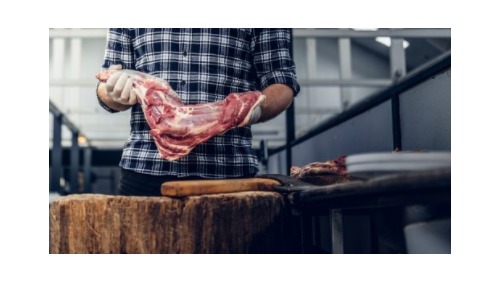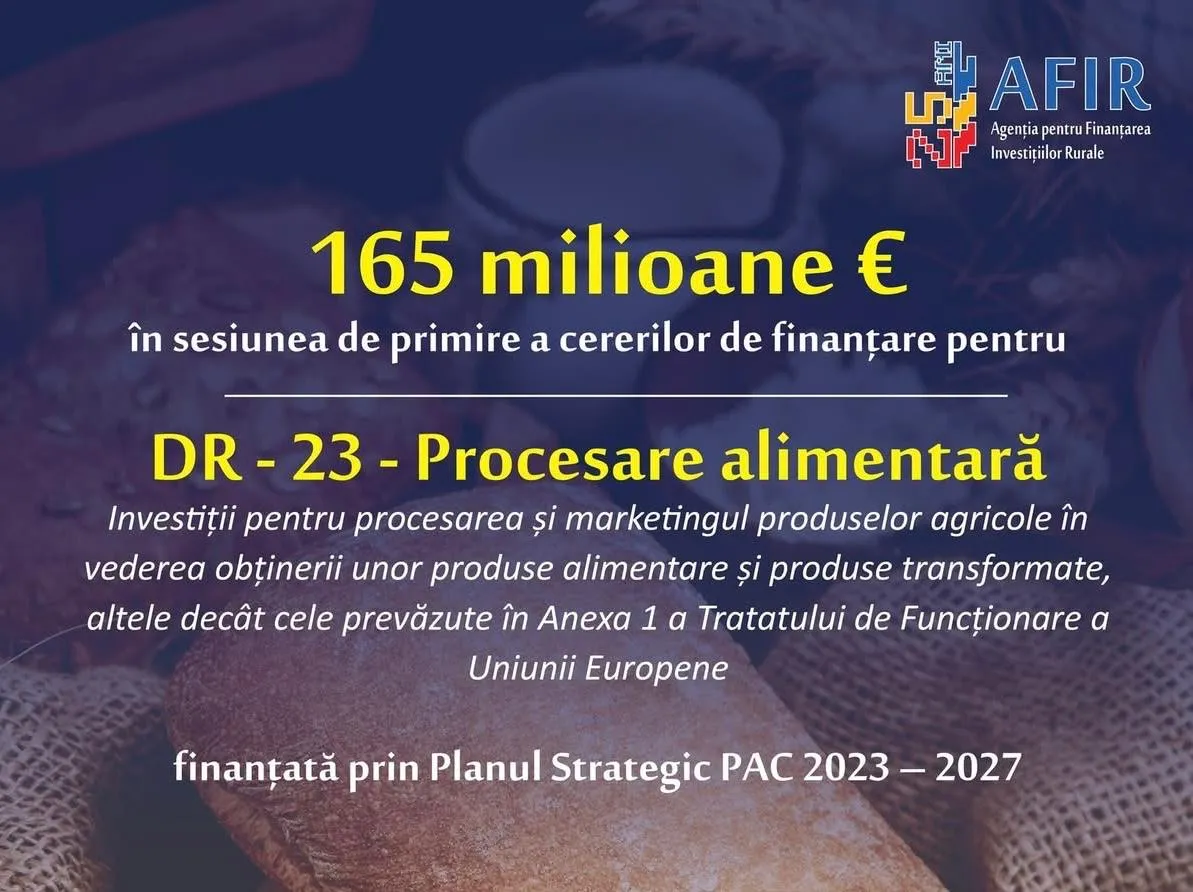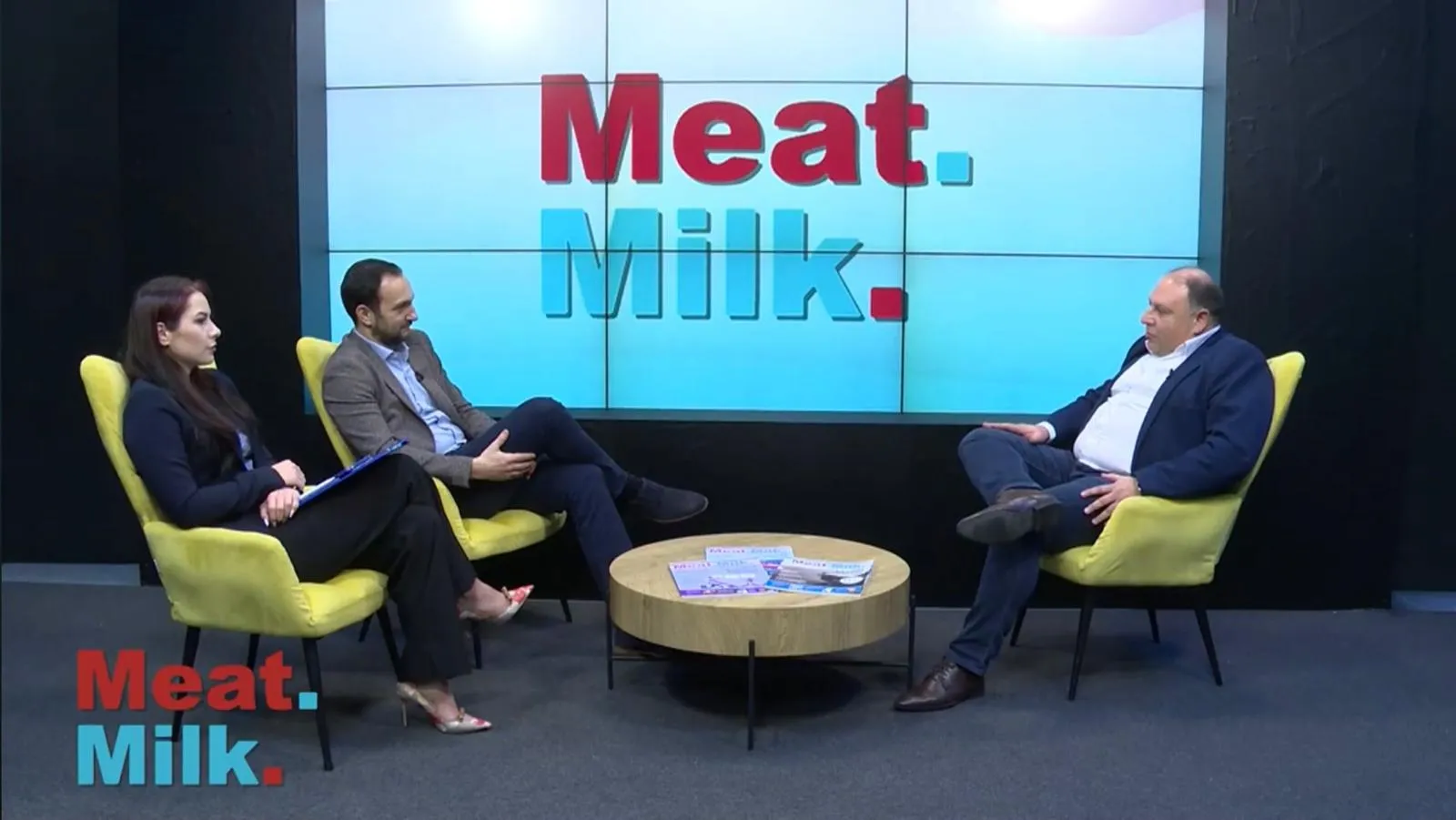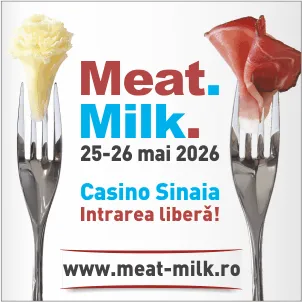
Beef production in Romania remains modest in volume, but the premium segment is gaining increasing economic relevance. According to Eurostat 2024, the country produces around 100,000 tonnes annually – 6% of the national meat total – yet demand for higher-quality products continues to rise, driven by the European market’s shift toward sustainable protein sources.
The FAO reports that the European premium meat market is growing by 8% annually, with consumers willing to pay 30–40% more for meat sourced from certified farms. In Romania, over 1,200 farms raise specialized breeds such as Angus, Charolaise, or Limousine, many operating under semi-extensive systems based on natural grazing.
According to the Ministry of Agriculture and Rural Development (MADR), the support program for cattle breeders and the 2023–2027 National Strategic Plan (NSP) include funding for small slaughterhouses, origin labeling, and the promotion of PDO-certified products. These instruments can stimulate the development of a complete premium chain – from breeding to processing and export.
A report by the European Commission (DG AGRI) identifies the Middle East and Asia as high-potential markets for beef exports from Central Europe. Romania benefits from natural pastures and moderate costs but needs to improve logistics and sanitary-veterinary standards to obtain international certifications.
Premium beef is not only a commercial opportunity but also a chance for the strategic repositioning of Romanian agriculture. Through branding, traceability, and consistent quality, Romania can turn this segment into a symbol of sustainable food production and homegrown added value.
(Photo: Freepik)





